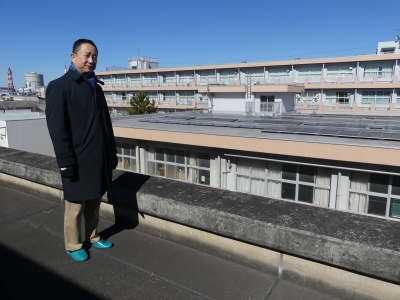It’s one of the most famous lines in Japanese literature, and it comes from a piece of writing titled “Hojoki”: 行く河の流れは絶えずして、しかももとの水にあらず (Yuku kawa no nagare wa taezu shite, shikamo moto no mizu ni arazu, The river does not cease flowing, moreover, nor does its water stay as it was).
Take a close look at the sentence. Can you recognize the kanji? For example, 河 (kawa) for “river,” 流 (nagare) for “flow,” 絶 (ta) for “discontinue/cease,” and 水 (mizu) for “water” — on first glance, it doesn’t seem like a particularly difficult sentence to parse.
Sit with it a bit, however, and you may find something is off. What’s up with ending on ず (zu)? Or the conjugation of 絶えずして (taezu shite)? And, looking closer, isn’t 河 an outdated character that is more commonly written as 川 (kawa, river)?


















With your current subscription plan you can comment on stories. However, before writing your first comment, please create a display name in the Profile section of your subscriber account page.